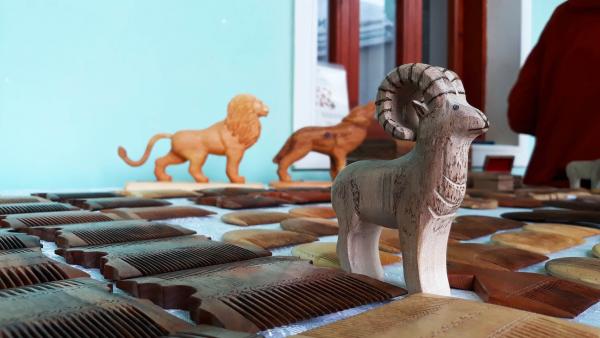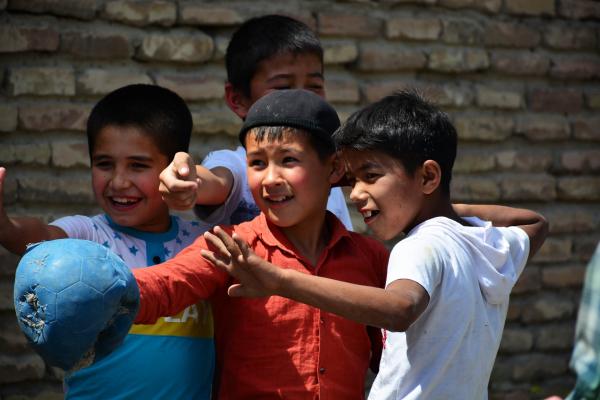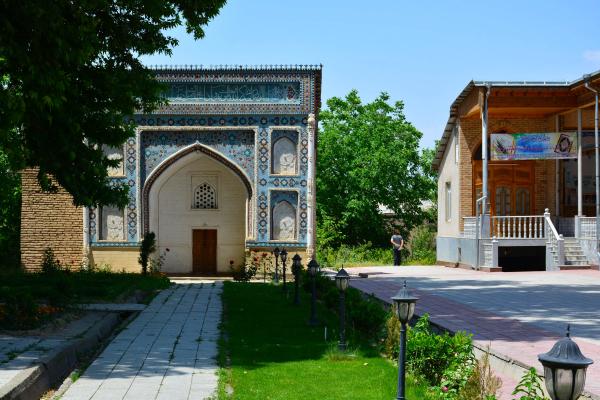Istaravshan
"Pulsating" history of the city of Istaravshan.
During the times of the Great Silk Road, many cities of Central Asia reached their peak. In addition, this “phenomenon” contributed to the appearance of completely new cities. For example, in the sixth century BC, thanks to the development of trade and various crafts, a large urban-type settlement appeared - Kurushkada or Cyropolis, founded on the initiative of the Achaemenid king Cyrus, after whom the district was named. In its place today is the city of Istarvashan.
The settlement of Cyropolis was fortified with a citadel and three rows of walls. The area received a rapid development and by the time when the territory of Central Asia was conquered by Alexander the Great, Cyropolis was a big city with a strong fortification. However, this did not stop Alexander the Great from turning the city into ruins due to the “disobedience” of citizens.
In the same area in 2-7 centuries BC there was a site of ancient settlement Mugteppa, which was the center of residence of local nobility. The aristocracy was engaged here in the construction of a large number of palaces, whose architecture was unique and inimitable. It is became very well known during the archaeological excavations.
For centuries later, the city was captured by Arab troops, as a result of which it received a new name - Ustrushana, about which many legends always go around the people. In the period of 7-15 centuries the city of Ustrushana was the center of medieval culture and handicrafts. Many masters of Ustrushana became famous for their products to the whole world. It was during the reign of the Arab Caliphate in Ustrushana that Islamic architecture was built. Madrasas, mosques, minarets and mausoleums were erected. The city again reached its heyday and was again defeated by the Mongol troops of Genghis Khan.
The third ascent of the city fell on the 15th century, the time of the formation of the great Timurid empire. Now the district has received the name of Ura-Tyube, and a century later it is part of the newly formed state of Sheibanids, whose capital was located in Bukhara. In the 18th century, Ura-Tyube breathed a new life and was completely restored. Also, new architectural complexes were built that withstood the attacks of nomadic tribes.
In 1886, the city of Ura-Tyube became part of the Russian Empire. In November 2000, the city got its historical name - Istaravshan. Today, the city of Istaravshan is over 2500 years old. It is a great heritage and administrative center of the Istaravshan region of the Republic of Tajikistan.
Numerous monuments of medieval architecture are concentrated in Istaravshan, testifying to the rich history of the city. Here are just a few of them: the Mugteppa site of ancient settlement, the Kok-Gumbaz madrasa, the Kah-kah fortress of Khazrati Shokh, Chorgumbaz, the mausoleum of Bobotago, the Sari Mazor Ensemble, etc.







